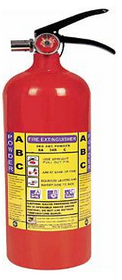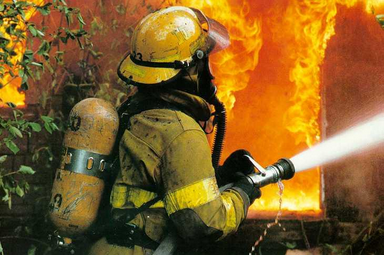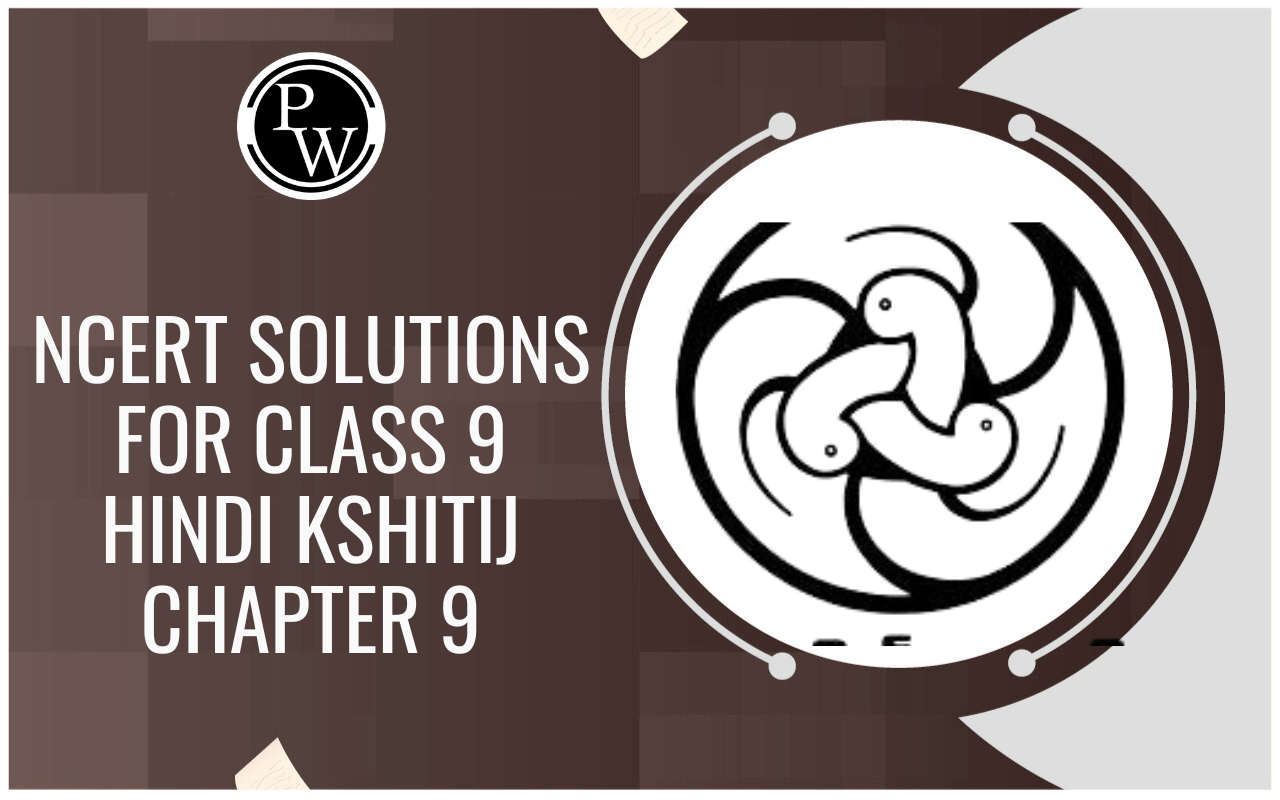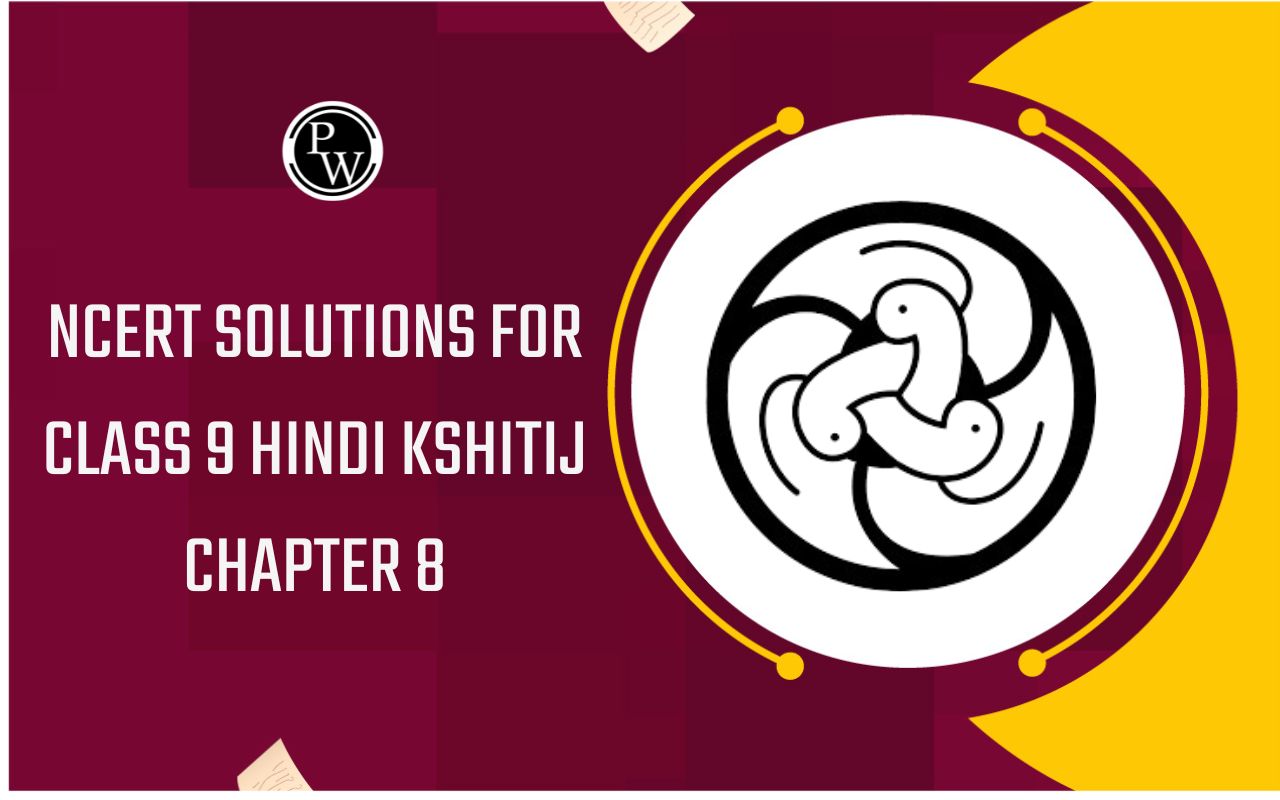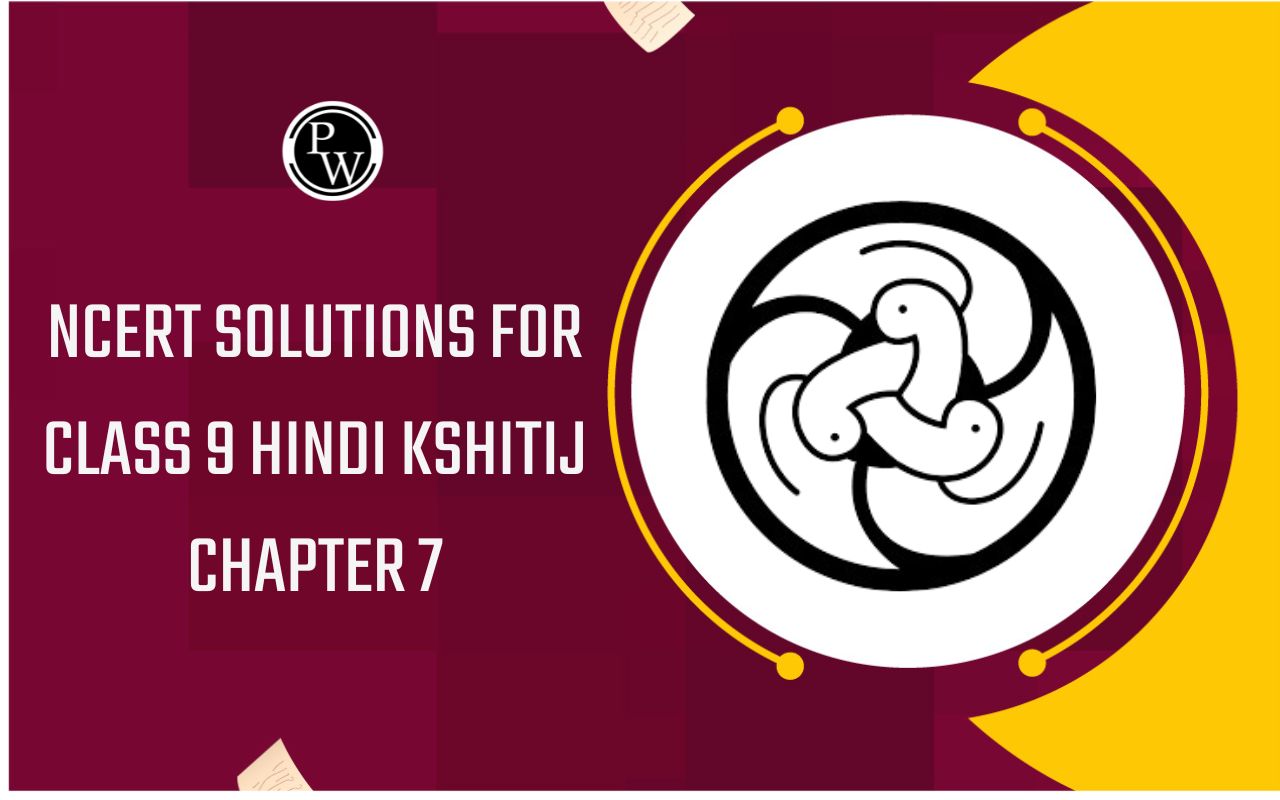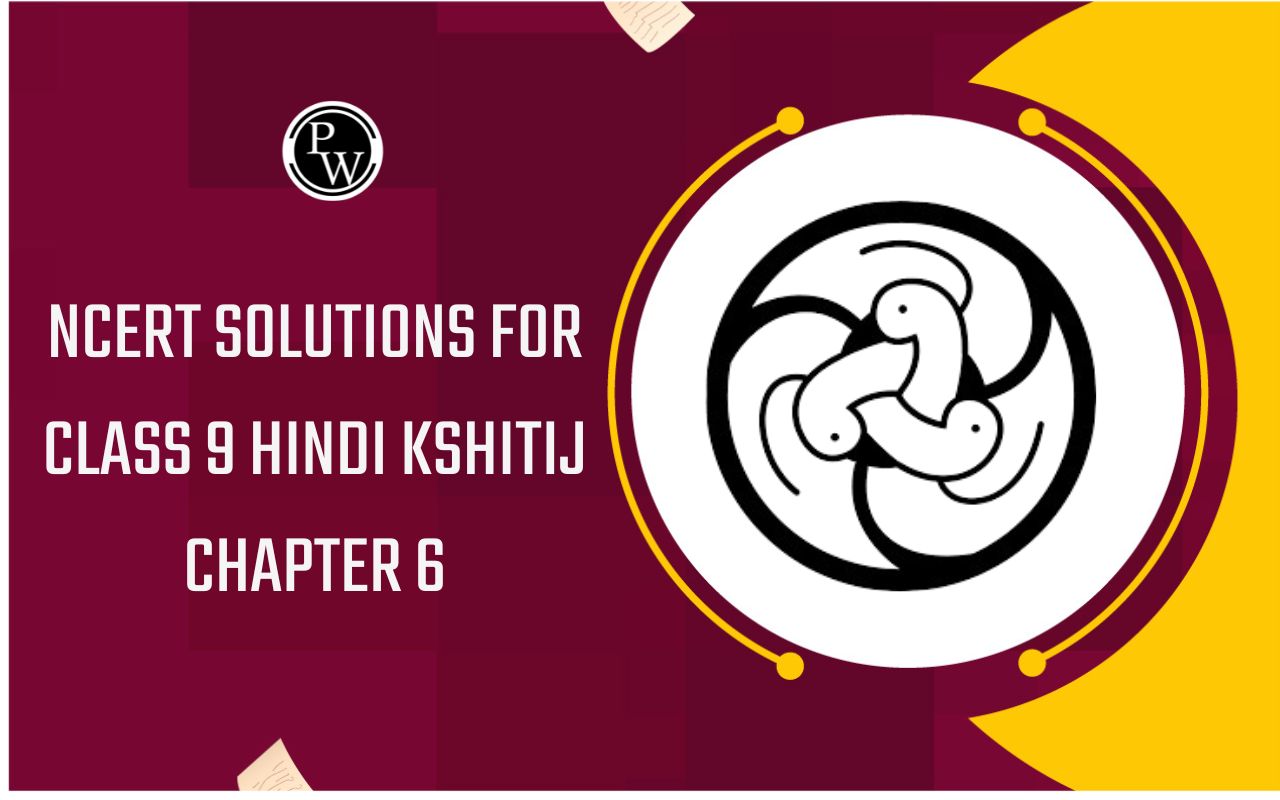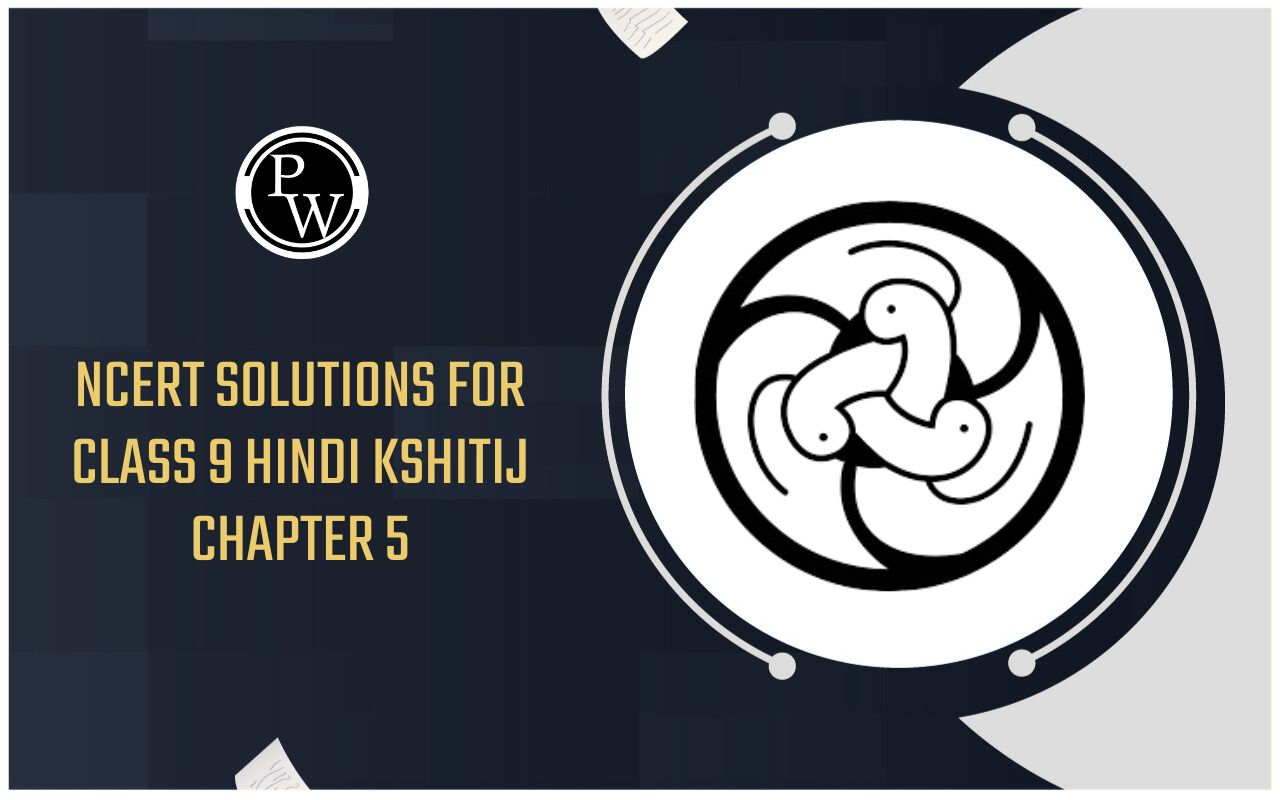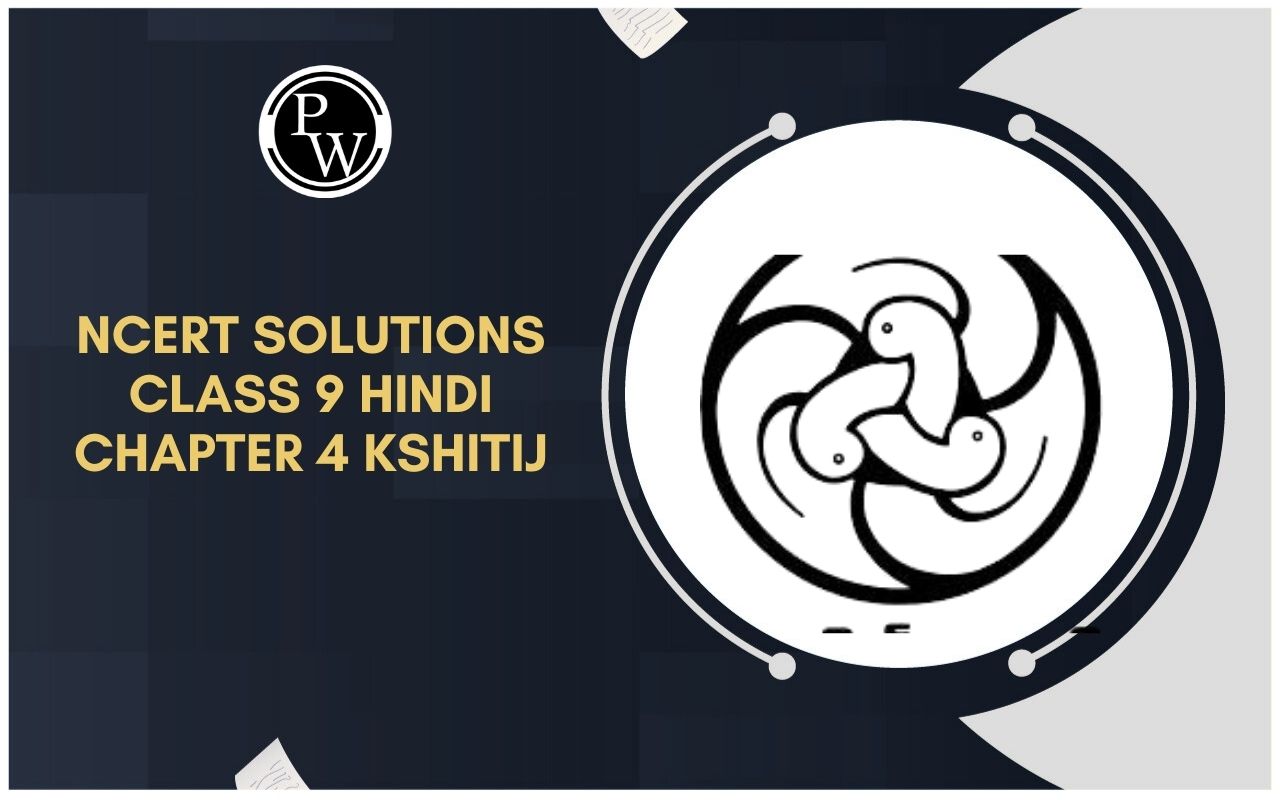
Combustion
Combustion and Flame of Class 8
ABOUT COMBUSTION
Combustion is defined as the process of burning of a substance in the presence of air or oxygen with the liberation of heat and light. In other words, the chemical process in which a substance reacts with oxygen to produce heat is called combustion.The substance which undergoes combustion is called a combustible substance. It is also called a fuel.
Sometimes light is also produced during combustion either as a flame or as a glow. Air is necessary for combustion.

COMBUSTIBLE AND NON-COMBUSTIBLE SUBSTANCES :
(i) Combustible substances : Substances that burn in air or oxygen to produce heat and light are called combustible substances.
For e.g. LPG, Kerosene, Paper, Cloth, Wood etc. can be burnt. Hydrogen is a combustible gas.
(ii) Non-combustible substances : Substances that do not burn in air or oxygen are called non-combustible substance.
For e.g. Water, sand, glass, cement can not be burnt. Carbon dioxide is a non-combustible gas .
PRODUCTS OF COMBUSTION :
Products of combustion depend upon the nature of the combustible substance. Most of the fuel that we use are hydrocarbons.
Compounds of hydrogen and carbon are called hydrocarbons.
For e.g. LPG (main constituent is butane or C 4 H 10 ), natural gas (methane or CH 4 ), petrol etc.
When such fuels burn, the main products are carbon dioxide and water.
For e.g. Methane + oxygen
 Carbon dioxide + Water
Carbon dioxide + Water
|
|
In combustion of hydrocarbons along with carbon dioxide and water, different forms of energy like heat, light etc. are also produced. |
TYPES OF COMBUSTION:
(i) On the basis of rate of combustion, combustion can be broadly divided into two categories -
(a) Rapid combustion : Combustion in which a large amount of heat and light is released in a very short span of time. For e.g. Combustion of LPG.
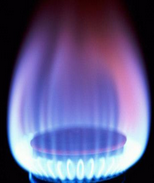
(b) Slow combustion : This type of combustion takes place very slowly and at low temperatures. For e.g. Respiration is an example of slow combustion.
(c) Spontaneous combustion: Combustion in which a substance burns spontaneously and produces heat and light without the help of external heat. Ex: phosphorus burns spontaneously at room temperature.
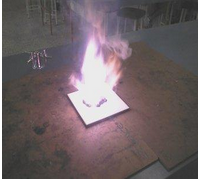
(d) Explosion: Combustion in which a substance burns suddenly and produces heat, light and sound with the help of heat or pressure.
Ex: explosion of crackers on applying heat or pressure.

(ii) On the basis of the amount of air supply and the products evolved, combustion can be classified in two types -
- Complete combustion : If the hydrocarbon fuels burn in sufficient amount of air or oxygen, then the combustion is known as complete combustion. Carbon dioxide, water, heat and light are the products of complete combustion.
- Incomplete combustion : If the hydrocarbon fuels burn in insufficient amount of air or oxygen, then the combustion is known as incomplete combustion. Carbon monoxide, soot, water, heat and light are the main products of incomplete combustion.
Complete vs. incomplete combustion:
In complete combustion, the reactant burns in oxygen, producing a limited number of products. When a hydrocarbon burns in oxygen, the reaction will only yield carbon dioxide and water. When elements are burned, the products are primarily the most common oxides. Carbon will yield carbon dioxide, nitrogen will yield nitrogen dioxide, sulphur will yield sulphr dioxide, and iron will yield iron(III) oxide.
Combustion is not necessarily favorable to the maximum degree of oxidation and it can be temperature-dependent. For example, sulphur trioxide is not produced quantitatively in combustion of sulphur. Nitrogen oxides start to form above 2,800 °F (1,540 °C) and more nitrogen oxides are produced at higher temperatures. Below this temperature, molecular nitrogen (N 2 ) is favored. It is also a function of oxygen excess.
In most industrial applications and in fire s , a ir is the source of oxygen (O 2 ). In air, each mole of oxygen is mixed with approximately 3.76 mole of ni trogen . Nitrogen does not take part in combustion, but at high temperatures, some nitrogen will be converted to NO x , usually between 1% and 0.002% (2 ppm). Furthermore, when there is any incomplete combustion, some of carbon is converted to carbon m onoxide . A more complete set of equations for combustion of methane in air is therefore:
CH 4 + 2 O 2 → CO 2 + 2 H 2 O
2 CH 4 + 3 O 2 → 2 CO + 4 H 2 O
N 2 + O 2 → 2 NO
N 2 + 2 O 2 → 2 NO 2
CONDITIONS NECESSARY FOR COMBUSTION:
The conditions necessary for burning are as follows :
- Presence of combustible substance : Combustion is only possible if the substance is combustible.
- Presence of supporter of combustion : Adequate supply of a supporter of combustion (for example oxygen or air ) is essential for combustion.
- Attainment of ignition temperature of the fuel : The minimum temperature at which a substance catches fire and burns in the prescence of air is called its ignition temperature. Ignition temperature is also called KINDLING temperature.
A substance will not catch fire and burn if its temperature is lower than its ignition temperature. Different substances have different ignition temperatures. For example, The ignition temperature of kerosene is less than the ignition temperature of wood.
Substances which have very low ignition temperature and can easily catch fire with a flame are called inflammable substances. Eg:- petrol, alcohol, LPG, CNG etc.
A substance begins to burn only after it has attained a certain minimum temperature or ignition temperature. This is the reason why a piece of wood has to be heated for some time before it catches fire.
Substances that have low ignition temperature, catch fire easily. Such substances are known as inflammable substances. For e.g. LPG, petrol, alcohol, nylon fibres etc.
|
|
Certain substances burn on their own. This type of combustion is known as spontaneous combustion.They burn on their own because their ignition temperature is very close to the room temperature. e.g. White phosphorus (Ignition temperature is about 30°C). |
CONDITIONS NECESSARY FOR COMBUSTION:
- Fuel.
- Air (to supply oxygen).
- Heat (to raise the temperature beyond the ignition temperature.
A substance will not burn without one or more of these conditions.
HOW DO WE CONTROL FIRE ?
The conditions necessary for producing fire are :-
- Fuel
- Air (to supply oxygen)
- Heat (to raise the temperature of the fuel beyond its ignition temperature).
Fire can be controlled by removing any one or more of these conditions.
A fire extinguisher cuts off the supply of air or brings down the temperature of the fuel or both and controls the fire.
Methods of controlling fire:
By using water : Water is the most common fire extinguisher. It can be used only when materials like wood , paper etc. are on fire.
Water cannot be used if electrical equipments are on fire because water conducts electricity and can harm those trying to put out the fire.
Water cannot be used to put out oil and petrol fires because they float on water and continue to burn.
By using carbon dioxide: Carbon dioxide is the best fire extinguisher to put out fire caused by inflammable materials like oil and petrol and electrical equipments. Carbon dioxide is heavier than air and it covers the fire and cuts off the supply of oxygen and puts out the fire.
Carbon dioxide is stored at high pressure as liquid in cylinders. Chemicals like sodium bicarbonate (baking soda), potassium bicarbonate produce carbon dioxide near the fire. NCERT solutions for class 8 Science prepared by Physics Wallah will help you to solve your NCERT text book exercise.
